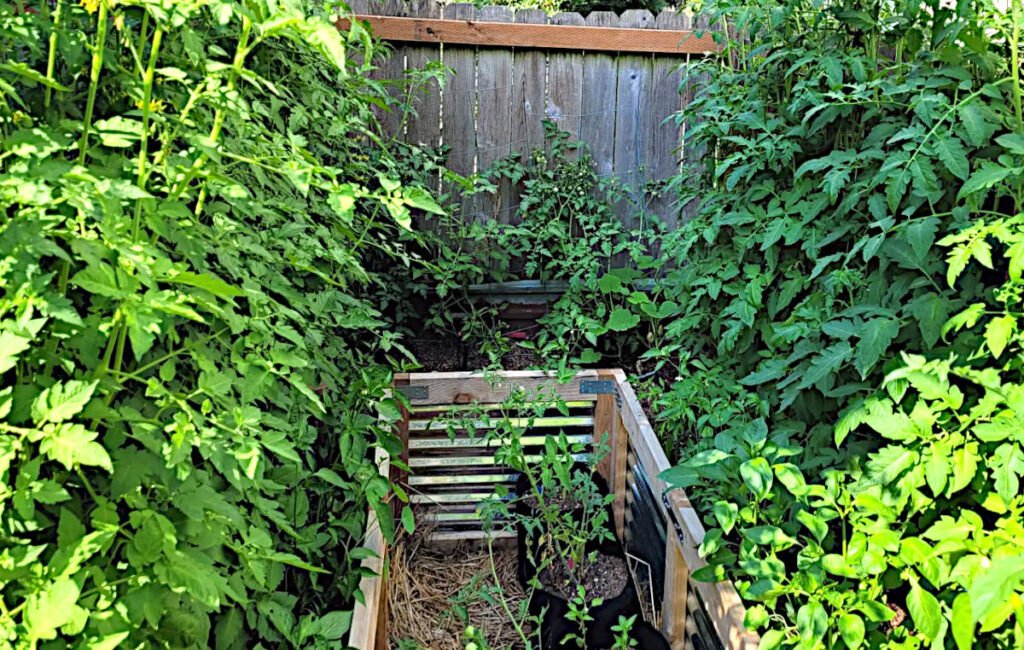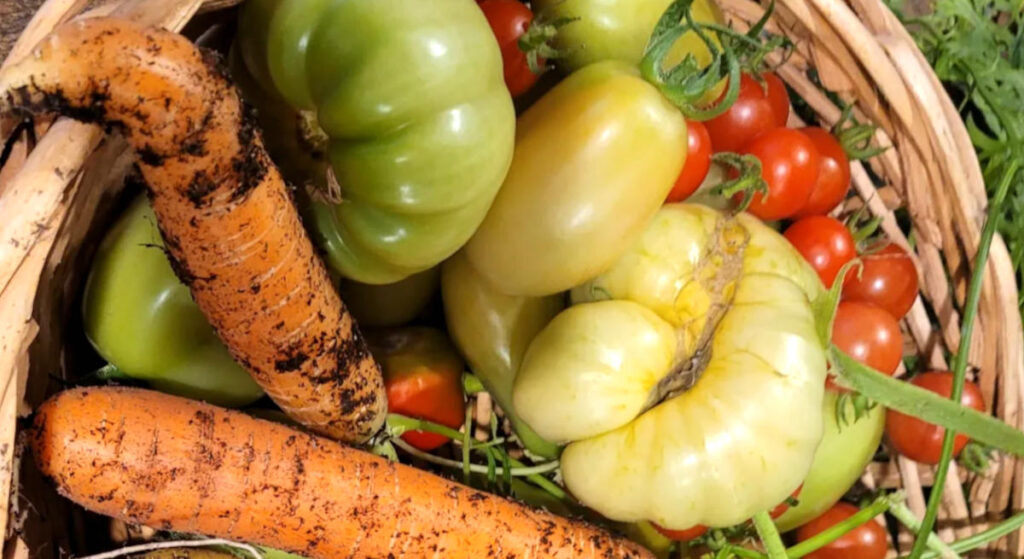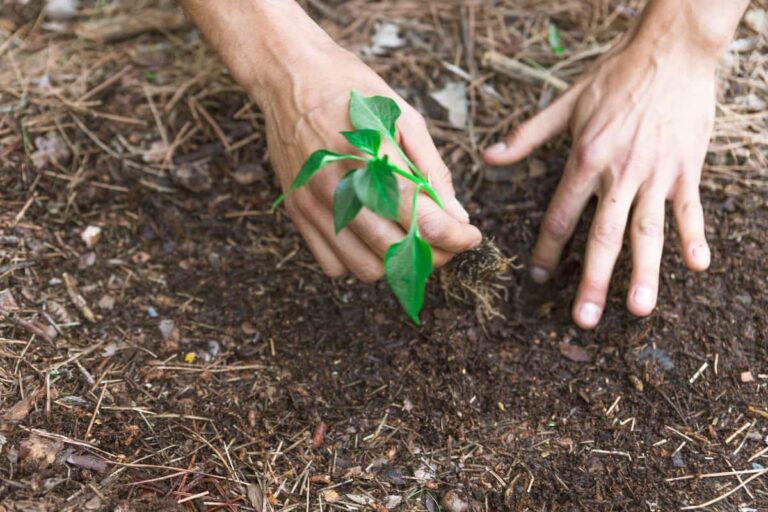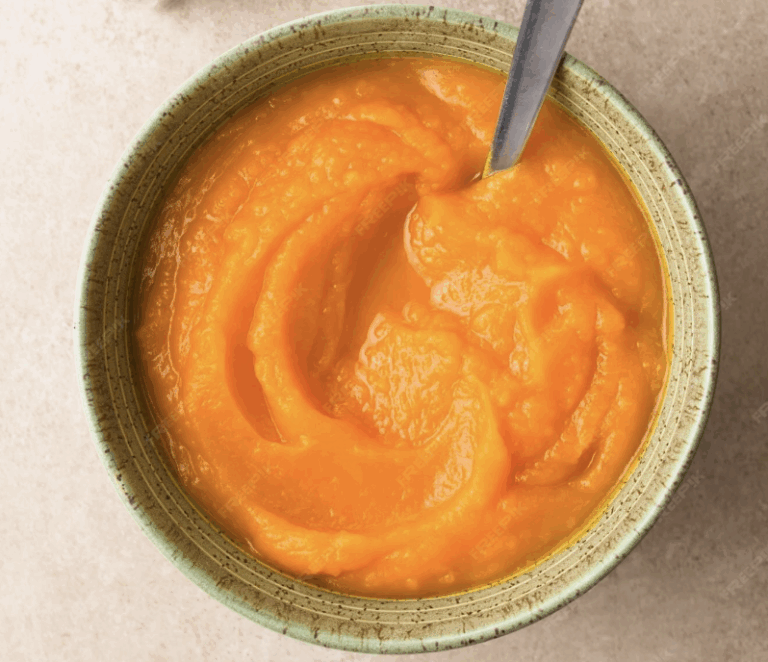Growing Seasons: A Beginner’s Guide to Successful Gardening
There’s a lot of confusion around a growing season vs. a growing zone in the gardening world. Which should you use and why? Understanding gardening seasons is key to growing a thriving garden.
This post will go into depth about growing seasons. If you’d like to learn more about how to use growing zones, check out this post that details when knowing your growing zone can be helpful, and when it doesn’t matter.
What is a growing season? A growing season is defined by the amount of days between your average last frost in the spring and your average first frost in the fall. This does not necessarily mean you can grow any type of plant during this time, but it gives you an idea on how long you have to grow during the year. I’ll go into more detail on why this is shortly.
What is an Average First and Last Frost Date?
Your average last frost is the predicted last day in the spring that you should experience a light frost. The idea is that after that date your region should not experience any more freezing temperatures until summer is over and you reach your average first frost date.
Your average first frost date is the date in the fall that your region is most likely to experience your first light frost of the season.
The average first and last frost dates are based on historical climate data for your region, so they are not always exact. But they do give you a good idea on when you can expect to experience frost, and therefore when you should plant in the spring and be done harvesting in the fall.
To find your average first and last frost date go to the Farmer’s Almanac website and type in your zip code. Here are the dates for my region and my predicted number of days in my growing season for the 2025 year. More on growing seasons in just a moment.
If you are outside of the U.S. a Google or Internet search may yield a good resource for you to find your frost dates and growing season length. I am only familiar with resources for the U.S.
Understanding Your Growing Season To Grow A Successful Garden
Number of Days in Your Growing Season
The number of days in your growing season equals the number of days between your last frost in the spring and your first frost in the fall. As long as you have those dates, you can figure out your growing season.
If you use the Farmer’s Almanac website to find your first and last frost dates, it will also tell you the number of days in your growing season. Alternatively, you could count on a calendar but that is pretty tedious. A quick Google search of “how many days between ___ date and ___ date” will also give you the number of days in your growing season.
Knowing this number is important when determining what plant varieties may work best for your area. But it’s not the only thing to consider when picking what fruits and vegetables you’d like to grow. It’s the starting point, but you will also want to consider your climate and how it relates to the days to maturity of the plant.

Learning Your Microclimate
Knowing your growing season tells you approximately how many frost free days you have during a given year. But it does not necessarily tell you how many of those days will be good for growing. To know this, you have to pay attention to the microclimate in your area.
Your microclimate is the specific weather patterns for your geographical area. There are larger climate patterns for a whole region, say for my region of Western Washington, and then there are smaller, microclimate patterns for the specific area where I live near the mountains.
It’s important to understand your microclimate so you know about when your average temperatures start to warm up in the spring and summer, and when they start to get cold in the fall and winter. Many things can influence this. For example: proximity to large bodies of water, elevation, topography, and whether you live in a town/city or in the country are a few examples of things that can give you a different microclimate than someone living just a few miles away.
Knowing your microclimate and how it relates to your first and last frost dates is important when considering what plants to grow and when to plant them.
My last frost date for 2025 is predicted to be April 26th. This doesn’t mean that I can plant everything I want on April 27th and watch it thrive. The end of April/beginning of May in Western Washington tends to still be cold and wet. Planting tomatoes, peppers, squash and other heat loving plants at this time will set me up for failure.
How does your last frost date help you plan when to plant different things? On the back of a good quality seed packet it will tell you when you should be starting your seeds and whether it’s best to direct sow (plant directly into the ground) or start the seed inside and transplant outside later on. The days/weeks listed on your seed packet are based around your last frost date. If the packet tells you to start the seed indoors 6-8 weeks before your last frost date, then count backwards from that date 6-8 weeks and that’ll give you the day you should get them started.
Knowing your microclimate will then tell you when your weather will be ready to transplant them into the garden.

Days to Maturity and What That Means
On the back of your seed packet it should tell you how many days, on average, it will take before you can expect to start harvesting from the plant. This date is from the day that the plant is transplanted outside (or sprouted if direct sowed), not the day you put the seed in soil.
It’s important to remember this date is an average. Don’t expect that in 80 days, for example, you’ll definitely be harvesting fruit from the plant. If your climate has ideal conditions for the plant, you might be harvesting a little before that date. But if your climate is a bit colder like mine in W. Washington, you might expect to add another week or more to that number.
Use this number as a guide, and then give yourself a little wiggle room to accommodate less than ideal temperatures or weather conditions for the year. If you end up having a great climate year, then you may just get to harvest a little sooner than you thought!
Choosing the Best Varieties
One of the most important things you can do to have a successful garden is to choose the right plant varieties for your area. Choosing a variety of plant that takes more days of warmer weather to mature than you typically have in your growing season will set your up for failure.
It’s so easy to get discouraged when you’re new to gardening if what you plant fails to grow or produce. I’ve been there, it’s a huge disappointment and makes you not want to continue. Often people say they “don’t have a green thumb” because they’ve failed to have thriving plants. Many factors can affect this, but a big reason I’ve seen gardens not produce is the person just isn’t picking the right plant varieties for their microclimate and growing season.

Here’s an example:
In W. Washington, even though my last frost date for 2025 is estimated to be April 26th, our weather often tends to hover in the 50s, with some days in the 60s, until between Mother’s Day in mid-May and Memorial Day the last Monday of May. That’s when temps begin to average in the 60s and we get more than just the occasional day in the 70s.
These temps are great for things like peas and carrots that like cooler weather. But for warmer weather plants like squash, tomatoes, and peppers it’s not so great. Planting these plants before temperatures are regularly in the 70s, and overnight lows above 50, can stunt their growth and give you a poor harvest.
Peppers are even more finicky and prefer even hotter weather. They’re okay with 70s, but love temps at least in the 80s with overnight temps above 50 degrees. This doesn’t tend to happen in my region until early June, or even into July for 80 degree days.
Let’s say I am planting an early jalapeno pepper plant in early June, say around June 10th, and it has a days to maturity of 75 days. I want to make sure that I have 75 days of warmer weather so the plant has time to grow and produce peppers. That day would be August 24th, which is still in our warmest part of the year. This tells me that the early jalapeno pepper is probably a good choice for me and my garden.
On the contrary, let’s say I’m trying to grow a blue hubbard squash and direct sow it on June 10th. It takes about 10 days to sprout and it has a days to maturity of 110. 110 days from the day the seed sprouts (approximately June 20th) would be October 8th. Even though this is before my estimated first frost date in the fall, I know my weather is getting cold by the end of September and squash love the heat. Chances are good that any squash the plant tries to produce won’t have the chance to ripen before the cold weather hits. Based on this information, blue hubbard squash may not be a good choice for my garden.
Conclusion
Beginning and seasoned gardeners can benefit from knowing your first and last frost dates, along with your microclimate. These two things are the basic foundation for picking the plant varieties you’d like to grow and determining if they have the chance to thrive in your garden.
When you plan your garden, make sure to take these into consideration and it will help your garden become more productive.
Let me know if you have any questions below.
Happy Gardening!







This is such great info to have all in one place! Thanks for sharing!